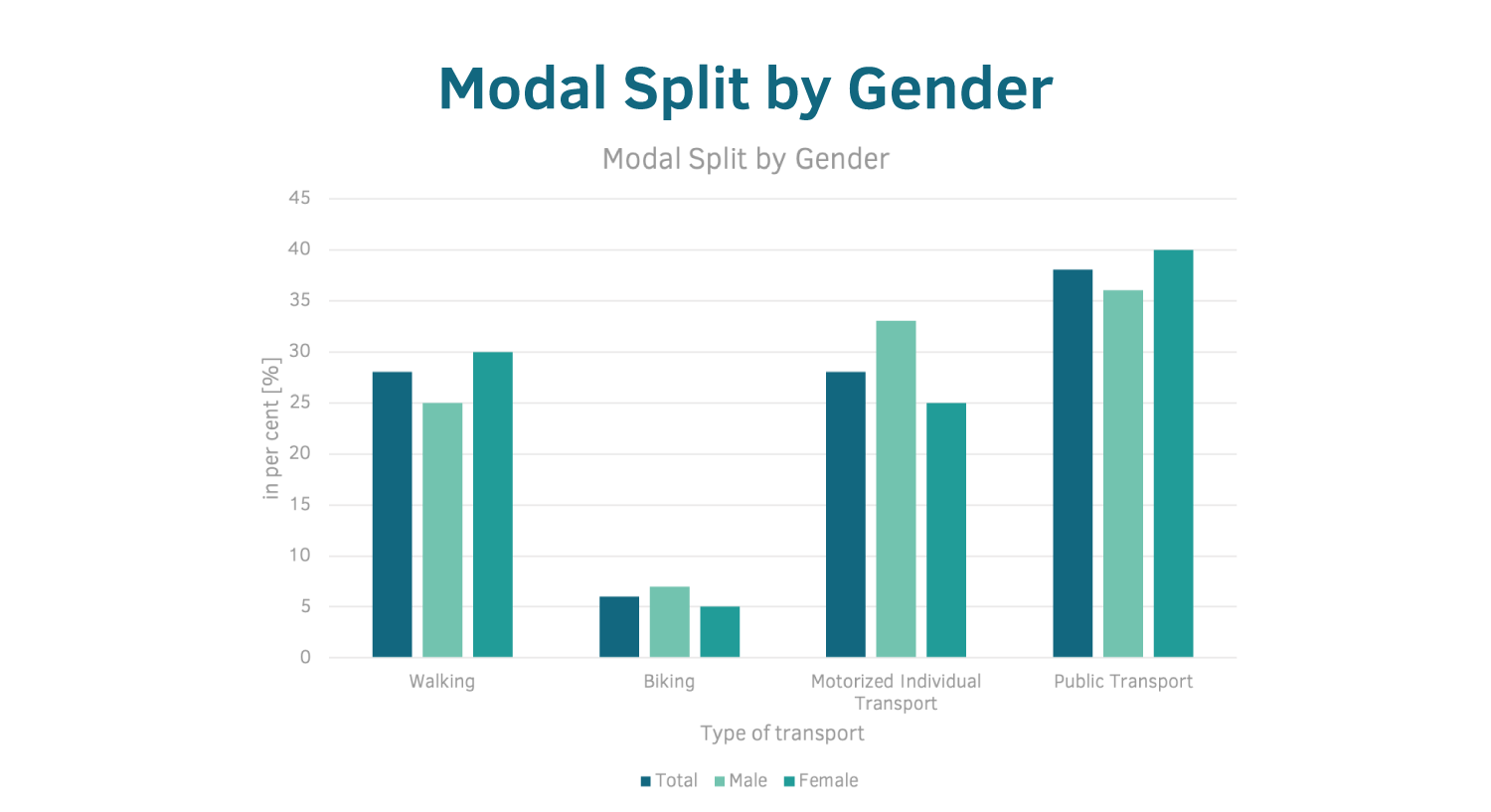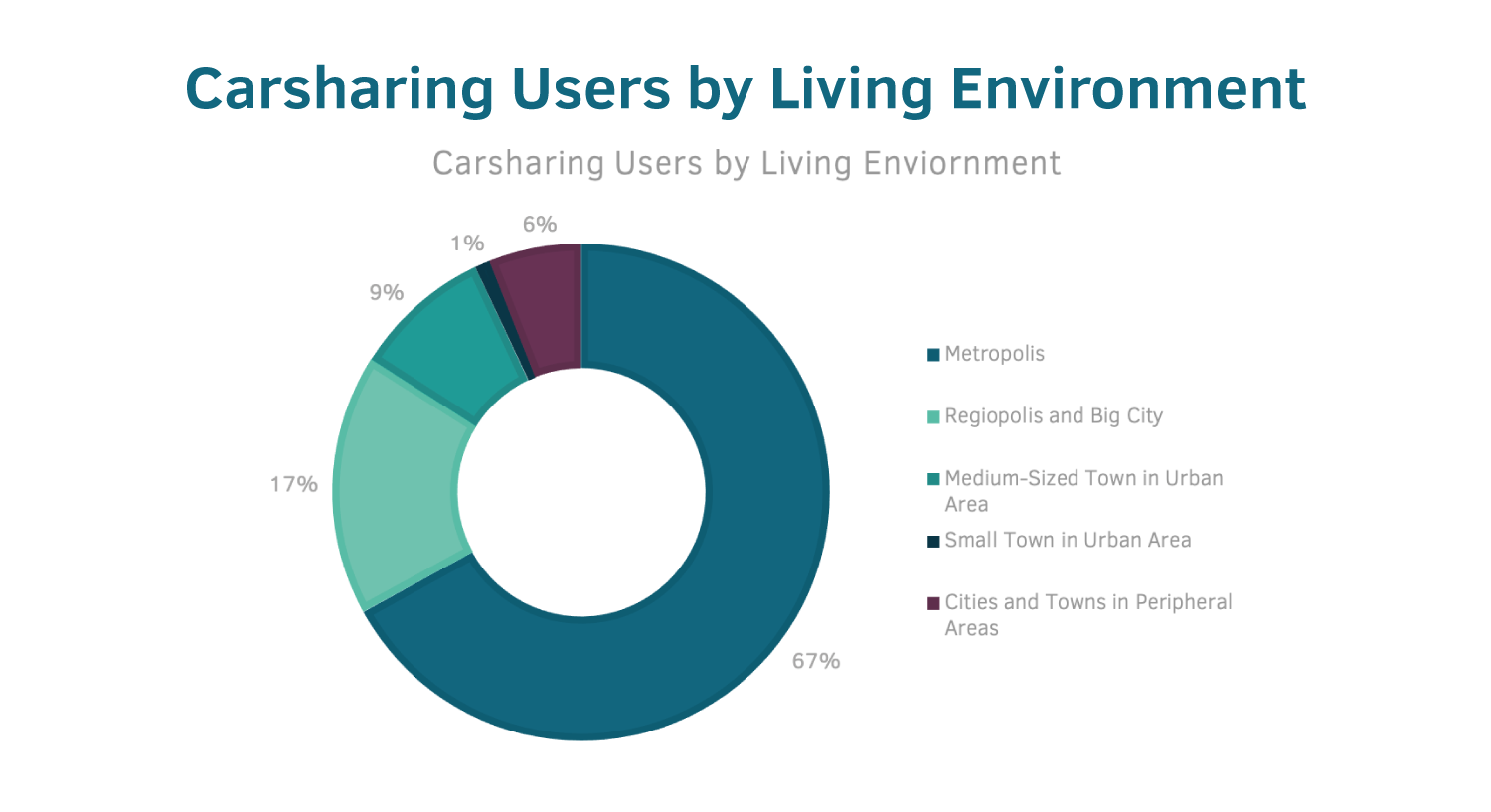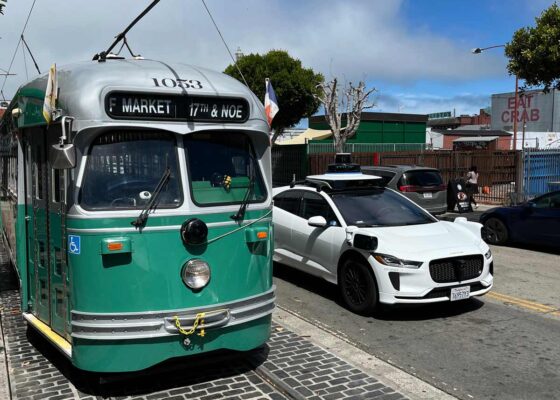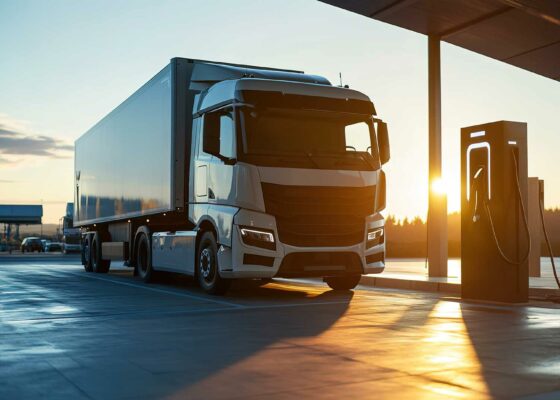ESTIMATED READING TIME: 5 min 30 sec
The mobility sector has been affected by digital transformation like few others. While consumers demand innovative solutions that meet their changing mobility needs, the industry is under immense pressure to lower CO2 emissions and make sustainability a focus.
Players like Uber have disrupted the industry and made terms like Mobility-as-a-Service (MaaS) well known buzz words. Undoubtedly, a shift is happening in the industry as we see e-scooters, e-bikes and ridesharing vehicles seemingly everywhere. It’s easy to get caught up in the hype. But to put things in perspective, it’s useful to look at some facts:
- 62% of Carsharing users are men.
- 89% of electric vehicle owners in Germany are men [1].
- The average age of an electric vehicle owner is 51 years and 44% of them have a monthly net income of over 6000 euro.
- 0.3% of all existing vehicles in Germany are electric as per January 2020 [2]
- The number of new vehicles registered in Germany has risen by 5% in 2019 [2]
Looking at these figures, it doesn’t seem so clear that the mobility revolution is around the corner. You might even say, the only ones benefiting from innovative mobility concepts are rich, old men?
Putting provocativeness aside, it is true that there is a gender divide in the use of innovative mobility solutions. Moreover, people outside of urban areas are barely affected by these trends and still highly dependent on their personal vehicle. The media discourse around Mobility-as-a-Service seems to be two steps ahead of people’s reality.

Source: Mobilität in Deutschland 2017 – Ergebnisbericht
Different mobility-needs for men & women
But why aren’t women using new mobility products and services? “We know from research that men and women have different needs when it comes to mobility”, says Angelika Rauch, managing director at tbw research, a non-profit company that focuses on research and consulting in transport and mobility. “Shopping, running errands, fetch-and-carry services for kids and elderly are still mainly done by women. This is reflected in their mobility: they move in series of shorter distances – so-called trip-chaining, while men mostly have one long uninterrupted way.”
For example: Men go to work. Women go to work, go to the pharmacy, pick-up the kids and visit the grandmother. The sad reality of women still doing 80% of unpaid labor is reflected in these statistics. “Using carsharing for short trips with intermediate stops is simply too expensive for the vast part of the population”, says Rauch. Additionally, infrastructure plays a role, as women often have passengers and carry around large amounts of baggage. So even if you do find a ShareNow (former DriveNow) with a child seat, chances are you have two kids and 5 bags. This amount of baggage makes the use of e-scooters difficult, to say the least.

Source: Omnitrend GmbH, Zu Fuß gehen in Wien, 2015
Money matters also in mobility
Since women have less disposable income, they actually tend to use more eco-friendly modes of transportation like walking, taking the bike or public transportation. While this is a pleasant fact, it questions the purpose of innovation and digital transformation. What is the societal purpose of technology, if instead of making mobility more accessible to many, it just makes it more convenient for a few?
Put the user first
Above all, it is people in peripheral areas who suffer from limited access to mobility. While offers like Uber and WeShare (VW’s electric carsharing service) started in urban areas in order to become a new alternative to individual transport, more and more rural areas, where public transport is often not available, can profit from these platforms. Nevertheless, we are still at the beginning of offering sustainable modes of transport to everyone. Whether it’s about women, people with little financial resources or the elderly – the key to offering accessible and successful concepts might be – yet again – to put the user at the center of innovation. “Public service and mobility providers need to work target-group-specific when developing to new offers”, thinks Angelika Rauch from tbw research.
MaaS-Providers seem to agree as they are working on more accessible offers. “We are thinking about new pricing models to make e-scooters more attractive for daily trips”, says Fabian Lebersorger from the e-scooter provider Bird. “We have a program to provide access to our services for financially vulnerable people, Bird Access, which is already available in many cities. In the US we are working on pilot projects to change the design of our product to make it more available to people with reduced mobility.”

Source: Mobilität in Deutschland 2017 – Ergebnisbericht
Collaboration is key
Even though first steps are already happening, expanding services to financially vulnerable populations can be challenging whilst keeping business models profitable. OEMs have been working hard to make free-floating carsharing offers profitable as is. The answer might lie in strong collaboration between the public and the private sector, to use technology and data for the benefit of all. This is in line with accilium’s vision. Our management consultancy was founded on the idea that the future of mobility relies on the principle, that the automotive, the public and the energy sector cooperate at eye-level and push digitalization initiatives together.
Uber is doing first steps in this direction. “Providing equal access to mobility is a really important topic for us”, explains Uber Austria CEO, Martin Essl. They are currently in talks with stakeholders all over the world to offer seamless access to various mobility options and serve public transit users. “We want to be part of building the future of public transport together with cities where we operate. We believe that our platform and knowledge can support cities to design a transportation future that serves everyone”, says Essl. Bird shares aggregated data with municipalities to help improve infrastructure and traffic management.
Public-private success stories
Potentially, even more can be achieved in the future when strengths from all sectors are leveraged to jointly create integrative solutions. Research institutions can provide insights into user needs. tbw research, for example, partnered with Taxi 31300 to develop the service “Taxi Plus”, putting a lot of emphasis on options for different user groups like children, the elderly or people with limited mobility.
Public institutions can provide funding and access to data, while OEMs and MaaS-Providers can focus on technological know-how and leveraging data as well as platforms for the benefit of all. Additionally, putting more women and people with diverse cultural and socio-economic backgrounds in the driver’s seat might not be such a bad idea. After all, diverse casts of decision-makers are known to create more innovative and diverse solutions.
Sources:
[2] https://www.kba.de/DE/Statistik/Fahrzeuge/Neuzulassungen/n_jahresbilanz.html
[3] http://www.b-nk.at/wp-content/uploads/2015/08/B-NK-2009-VCOE_Hintergrundbericht_Gender_Gap.pdf









 ISO/IEC 27001:2013 certified
ISO/IEC 27001:2013 certified